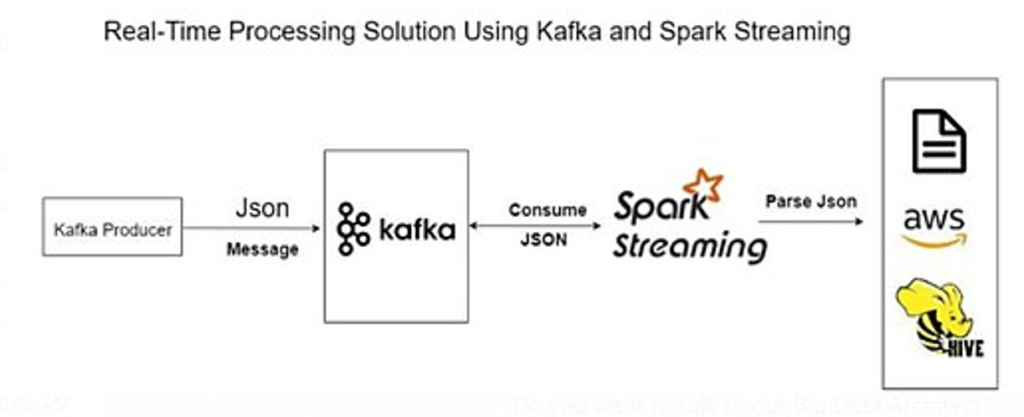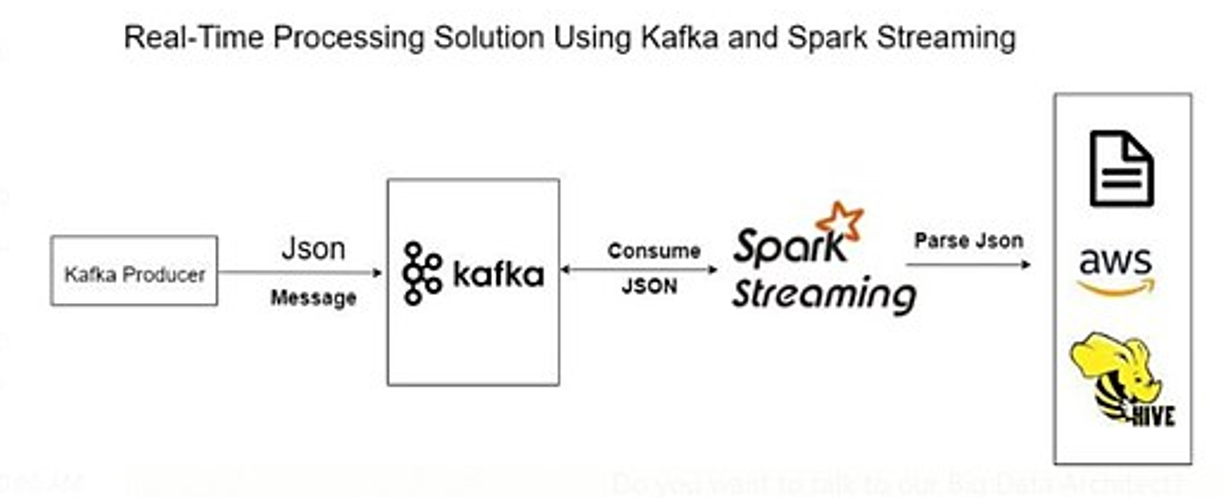Real-time (or better say near real-time) analytics make sense of all the real-time data that passing around an organization. Once a business is able to analyze data in real-time, they can generate insights during data streaming instead of storing and analyzing it in batches.
Traditionally, data analysis happens once the data has been captured and stored. With the huge completions in the market, daily refresh may not be enough for performance monitoring and instant decision making.
There are different technologies widely used: such as: Apache Kafka, IBM InfoSphere Data Replication, Qilk Data Integration, Apache Spark, etc. In this article, I will focus on the benefits of introducing real-time analytics rather than a technical article.

What are possible fruitful outcomes with the investment in real-time analytics?
- Live Data Visualization
- Risk Alert
- Faster Decision Making
- Improved Customer Experiences
- Refining Supply Chains
- Better Adaptation to Market Fluctuations
- In-time Performance Monitoring Leading to Total Quality Management
-
Live Data Visualization
With real-time data, visualizations reflect changes that occur within the business in real-time or a very small latency. To take an example, a large-scale e-commerce platform can compare the min-by-min changes in sales during the Black Friday. It is very vital for the resource arrangement like logistics resource planning.
-
Risk Alert
Some industries are seeking for real-time alerts on risks. To take an example, it is possible for a bank to raise alerts to customers with credit card spending overseas. An example is that I have designed a credit card real time monitoring system to provide alerts to credit card holders for suspicious transactions. Also, the credit score is also calculated under real-time basis.
-
Faster Decision Making
The advantages of real-time data processing unlock the ability to move forward with business decisions in a timely and constructive way. By using accurate insights, users can remove, update, and introduce new business ideas and operations to the organization with lower risk. To capture the value of data, organisations need to marry the speed of analytics and the data available to the available time of the decision window. This means that understanding the decision at hand and the acceptable latency is key to determining the ‘right-time’ analytics for your real-time decisioning. To take an example, a bank in China is not only taking real-time analytics on risk alerts but also providing automated SMS message on loan offer to customers with high credit scores after any large amount transaction.
-
Improved Customer Experiences
The real-time data processing is to unify your customer’s touch points across all platforms and channels in real-time. With real-time customer 360, it is possible to provide in-time support for clients like proactive SMS message credit card holders for security alerts or other types of engagement messages.
-
Refining Supply Chains
Use real-time analytics to understand shipping trends, cut costs by removing inadequate routes, update current inventory, and manage warehousing operations. Uber is one of famous example in the world for arranging the best resources with streaming analytics.
-
Better Adaptation to Market Fluctuations
Certain industries are vulnerable to rapid market fluctuations, commodities trading being the primary example. Real-time data reporting is essential to business survival in such instances. I have a client trading metals with 7*24 alert system on sudden market event and auto-trade API to drive actions as real-time reaction.
Other industries such as hotel chains and airlines manage prices and availability based on current events that can change rapidly. Real-time data is vital to all these scenarios. With the majority of today’s operations taking place online, businesses and especially retailers must respond quickly to changing demand, costs, and customer trends.
-
In-time Performance Monitoring Leading to Total Quality Management
Workforce productivity is increased most effectively by improving operational processes. Real-time data analytics helps identify current trends, how they are implemented, and where improvements can be made.
For example, facilities managers can improve space allocation, devise preventative maintenance plans, and monitor organizational assets. With real-time analytics, they can confirm that all critical components are running smoothly in every aspect.
Conclusion
Real-time analytics is playing a very important role on different industries for fastest reactions.However, the cost of implementing real-time data analytics is much expensive comparing to traditional batch mode. Before any investment on real-time analytics, it is better to have a detailed cost-and-benefit analysis to ensure the investment is reasonable.

